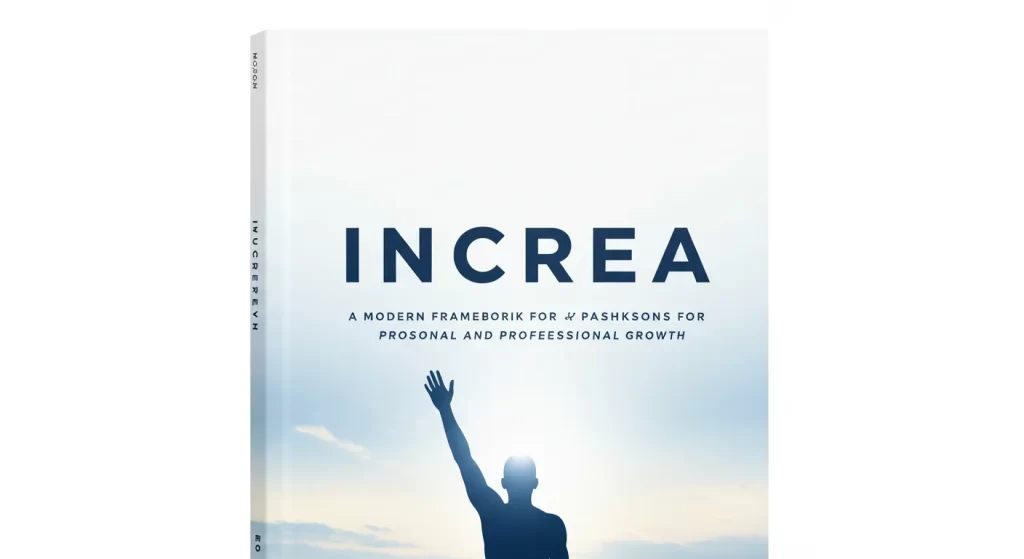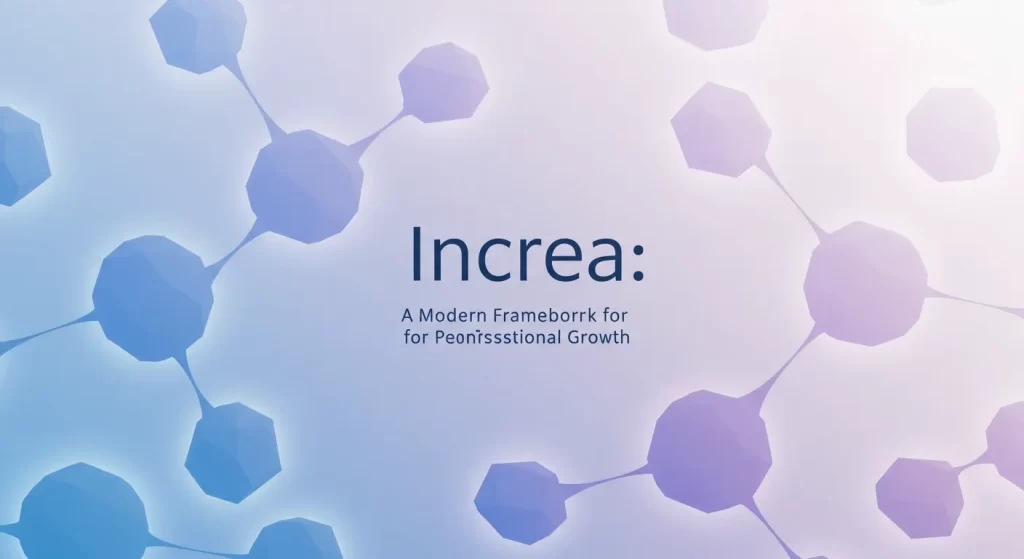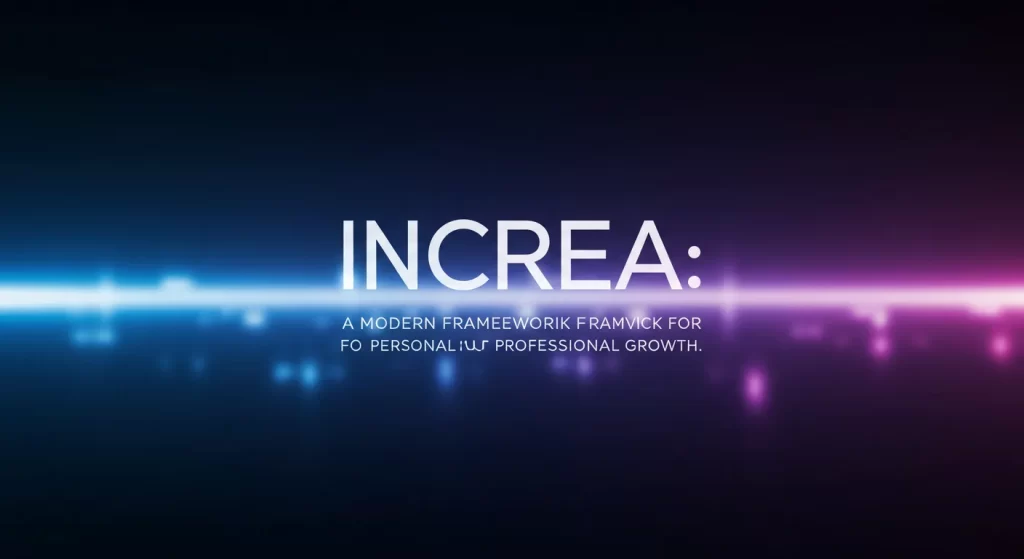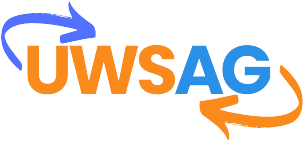Table of Contents
In an ever-evolving world that seems to demand more of us with every passing day, a new concept has emerged, captivating creative professionals, wellness enthusiasts, and design minimalists alike.
The term increa—spaced, curious, and unfinished in its structure—does not belong to any recognized language, nor can it be found in the dictionary.
Yet, it has begun to make quiet rounds in various circles, symbolizing something deeply meaningful: a framework for growth, creativity, and resilience in our fast-paced, often overwhelming world.
So, what exactly does increase mean? And why has it struck a chord with so many across diverse fields? This article will explore the essence of increa, its cultural resonance, and its powerful role in navigating modern life’s complexities.
The Ambiguity of Increa: A Word in Waiting
At first glance, the increase may appear as a typographical error—its spacing suggests a glitch or something unfinished. However, it is this very quality of fragmentation that gives it its power. Increa is not a word meant to be immediately understood. It resists categorization, inviting people to project their own meanings and interpretations onto it.
Lina Chakrabarti, a cognitive linguist, notes that the spacing in increa mimics the scattered way modern minds work. In a world of constant distractions and instant gratification, increa serves as a moment of pause, urging us to reflect rather than rush. It allows us to sit with ambiguity and question what we are increasing or becoming.
Embracing the Post-Linear World: A Language for Modern Life

In today’s world, where traditional structures—like career paths and societal roles—no longer hold the same weight, there’s a need for language that can encompass the fluidity of modern existence.
Increa enters this space not as a fixed definition but as an emotive placeholder. It asks: “What are you increasing? What are you becoming? What is being made here?”
Rather than offering a clear answer, increa challenges us to live with uncertainty. It provides a framework for growth that is not about linear progression but about continuous, reflective unfolding. This kind of growth is not about scaling up for the sake of scale but about deepening presence in each moment.
The Origins of Increa: Design, Silence, and Potential
Though increa does not have a clear origin story, its adoption in creative circles and minimalist design communities marks a pivotal point in its journey. In design studios, it appeared as a symbol of projects that were still in development, too raw to define but too important to discard.
Increa became a placeholder for potential, embodying the idea of something that is growing or taking shape.
François Duval, a Paris-based creative director, recalls using increase to describe concepts that are still in progress. “It became a container for potential. That made it powerful.”
Minimalist architects and digital wellness advocates adopted the word to emphasize slow, deliberate growth over rapid, superficial expansion. It captured the essence of the age of cognitive clutter, calling for moments of intentional pause in an overstimulated world.
Also Read: Is the MacBook 12in m7 Still Worth It in 2025?
Increa as Acronym: Multiple Interpretations
As the increase gained traction, some began to treat it as an acronym, offering different expansions of its letters. Though no official version exists, popular interpretations include:
- Integrity
- Nuance
- Consciousness
- Resilience
- Empathy
- Action
These attributes form the core of a holistic approach to personal and professional development in the digital age. Each term points to a different aspect of growth—resilience in the face of adversity, empathy for others, and action that stems from a place of conscious thought.
Alternatively, other interpretations emphasize personal reflection:
- Intuition
- Nature
- Calm
- Reflection
- Edge
- Ascent
Both versions of increa point toward an unfolding process, one that values depth over breadth. In this context, increase is not about jumping to the next big thing but about nurturing what already exists and letting it evolve naturally.
The Aesthetics of Increa: Minimalism in Design

Visually, increa embodies the principles it promotes. The spaced-out typography, the use of negative space, and minimalist design all convey a sense of calm and clarity. Whether it’s on mood boards, UI frameworks, or branding designs, increa communicates a deep, intentional slowness.
Scrolling through portfolios or social media posts that feature the term, you’ll often see a similar aesthetic: soft whites, light greys, unfinished wood, and handwritten letters. This minimalist visual style mirrors the word’s emotional tone—gentle, quiet, and contemplative. In an era of
constant stimulation, these visuals offer a necessary counterpoint, inviting us to slow down and appreciate the silence between the elements.
Cognitive Space: Increa as Mental Practice
The power of increa is not just in its typographical appeal but in its cognitive effects. Psychologists are starting to recognize the role that language plays in shaping our mental states. With its open-ended structure, increa allows us to define our own processes.
In therapeutic settings, clients often describe their journey as being in an increa phase—an in-between state where growth is occurring, but results haven’t fully manifested yet. Dr. Melanie Roche, a cognitive therapist, explains that the term provides a non-threatening space for people to articulate their transitions. “I’m in my increa phase” becomes a way of saying, “I’m not there yet, but I’m building. I’m shaping.”
Also Read: Unlock QXEFV: Discover Its Impact and Benefits in 2024
In this sense, increase serves as a bridge between where you are and where you are becoming—a tool for navigating the complexity of personal growth.
Spiritual Minimalism: The Inner Path of Increa
Across spiritual traditions, there is a recognition of the importance of inner growth and the spaces between thoughts and actions. In Zen, it’s known as “ma,” the negative space that gives form to the whole.
In Sufism, it’s the “tariqa,” the inner path to enlightenment. Increa fits within this tradition—not as theology but as a personal technique for cultivating clarity and patience.
Writers and spiritual thinkers have begun to use increa to describe the invisible scaffolding that supports personal transformation. Unlike traditional notions of growth, which emphasize external achievement, increa focuses on the invisible, slow process of becoming. It calls for patience, introspection, and a rejection of the tyranny of measurable outcomes.
Increa in Education: Fostering Lateral Learning

The principles of increase have found a home in education as well. At the University of Amsterdam, an experimental course replaced the usual grading system with an increase-based model.
Students learned through conversation, projects, and questions rather than traditional lectures and assessments. The result? Higher engagement, more creative output, and less stress. In this model, learning was about becoming rather than performing.
The increased approach challenges the standard educational system, focusing on growth and reflection rather than achievement alone. This shift from linear progression to lateral learning mirrors the larger cultural shift toward valuing process over product.
The Risk of Commercializing Increa
As increa gains more attention, there is a risk that its rawness could be co-opted by the commercial world. Boutique wellness brands and tech companies have started to adopt the term, but some caution that this could dilute its essence. Miguel Toro, an essayist, urges that we allow increa to remain ambiguous, something that is deeply personal rather than commodified.
The power of increa lies in its resistance to easy answers and its refusal to be easily packaged. It challenges us to stay with the discomfort of the unknown, to resist the urge for closure, and to embrace the process of becoming.
The Power of Unfinished Growth
Increa is not about achieving a final goal. It’s not a destination but a journey. It doesn’t offer closure or simple answers. Instead, it invites us into the mystery of what we are becoming. In a world that demands constant productivity and certainty, increa offers a pause—a chance to reflect, to slow down, and to appreciate the unfolding process of growth.
In this refusal to be defined, increase becomes a powerful tool for both personal and professional transformation. It is not a goal but a gesture—a living, breathing framework that encourages us to be present in the process of becoming. And that, in itself, is the magic of increa.
FAQs
What does increa mean?
Increa is a modern, ambiguous word symbolizing growth, reflection, and process, often used in creative and wellness circles to represent personal development.
How is increa used in design?
Increa is used in design as a minimalist framework, symbolizing potential and gradual unfolding, often appearing in mood boards and typefaces.
What is the significance of increa in therapy?
In therapy, increa represents a phase of personal growth, helping clients express transitions and ongoing development without needing to define the outcome.




